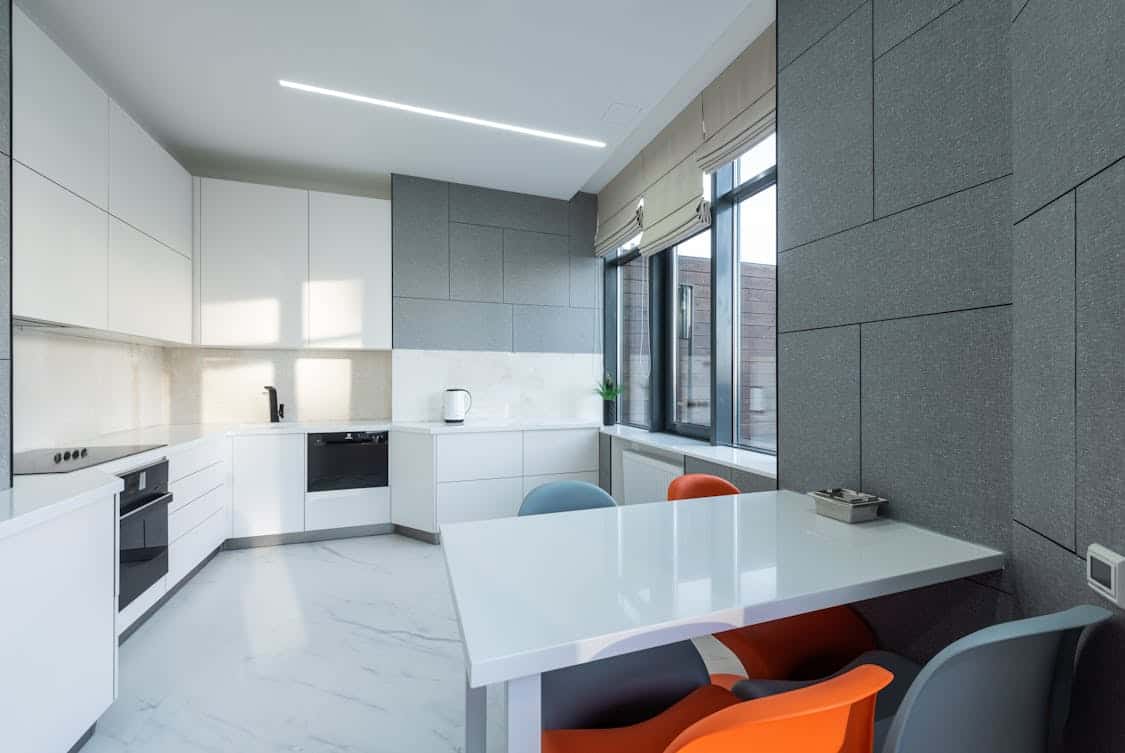When it comes to flooring options, many homeowners find themselves overwhelmed by the plethora of choices available. From hardwood to tile, the options can be staggering.
However, when looking for a floor that combines durability with style, epoxy emerges as a strong contender. It’s a material often overlooked, but it deserves your attention for several compelling reasons.
What is Epoxy Flooring?
Epoxy flooring consists of a mixture of resins and hardeners that, when combined, create a robust and long-lasting surface. It’s commonly used in commercial spaces due to its strength, but it’s gaining popularity in residential settings as well.
The glossy finish not only looks appealing but also offers practical benefits that set it apart from traditional flooring materials.
The Composition of Epoxy
Epoxy is made by combining two components: epoxy resin and a hardener. This combination results in a chemical reaction that forms a rigid plastic material.
The beauty of epoxy lies in its versatility; it can be applied to various substrates, including concrete, wood, and even metal surfaces. This adaptability makes it a go-to option for many different environments.
The Different Types of Epoxy Flooring
There are several types of epoxy flooring systems available on the market. Each type is suited for specific applications and environments. Some of the most popular varieties include:
- Self-Leveling Epoxy: This type is used to create a smooth, level surface, making it an excellent choice for areas with uneven flooring.
- Epoxy Mortar: Known for its strength, epoxy mortar is often used in industrial settings where heavy machinery is present.
- Decorative Epoxy: This type incorporates colors, textures, or even designs, allowing homeowners to create unique and stylish floors.
The Benefits of Epoxy Flooring
Choosing epoxy flooring comes with a multitude of advantages. This material is not just about aesthetics; it’s also about performance and maintenance.
Durability That Lasts
One of the standout features of epoxy is its durability. The chemical bonds formed during the curing process create a surface that resists wear and tear from foot traffic, heavy equipment, or spills. Homeowners can expect their epoxy floors to last for years, making them a worthy investment.
Resistance to Stains and Chemicals

Epoxy flooring is non-porous, meaning it does not absorb liquids. This feature makes it highly resistant to stains, chemicals, and spills.
Whether it’s a spilled drink or a dropped tool, cleanup is a breeze. A quick wipe with a damp cloth usually does the trick, keeping your floor looking fresh and clean.
Aesthetic Appeal
With a variety of colors and finishes available, epoxy can enhance the look of any space. From sleek, modern designs to more traditional styles, there’s an epoxy solution for every taste. The glossy finish reflects light, creating an illusion of a larger space and adding a touch of elegance to any room.
If you’re aiming to elevate your space visually, consider the range of custom decorative quartz and metallic coatings that combine artistic flair with lasting performance.
Installation Process
Installing epoxy flooring is a task that requires careful preparation and execution. While some may choose to tackle the job themselves, hiring a professional can ensure a flawless finish.
Surface Preparation
Before applying epoxy, the existing floor must be thoroughly cleaned and prepared. This step may involve grinding or shot blasting the surface to create a profile that the epoxy can adhere to.
Proper preparation is crucial to the longevity of the installation.
Mixing and Application
Once the surface is ready, the epoxy components are mixed according to the manufacturer’s instructions. Application typically involves pouring the mixture onto the floor and using a squeegee or roller to spread it evenly.
Depending on the desired finish, multiple coats may be required, with adequate curing time in between.
Curing and Finishing Touches
After application, the epoxy needs time to cure fully. This process can take several days, depending on the specific product used. Once cured, homeowners can enjoy their new floors, often within just a few days of installation.
Maintenance Tips for Epoxy Floors
Caring for epoxy flooring is relatively straightforward. Regular maintenance will help keep the floors looking great and extend their lifespan.
Routine Cleaning
A simple routine of sweeping or vacuuming to remove dirt and debris, combined with occasional mopping using a mild detergent, is usually enough to maintain the appearance of epoxy floors.
Avoid using abrasive cleaners or scrubbers that could damage the surface.
Addressing Scratches and Damage
While epoxy is generally resistant to scratches, accidental damage can occur. Minor scratches can often be buffed out, while deeper ones may require touch-up applications of epoxy.
Keeping a small amount of the original epoxy on hand for repairs can be beneficial.
Cost Considerations
When evaluating flooring options, cost is always a factor. Epoxy flooring tends to be more affordable than many high-end materials, particularly when considering its durability and low maintenance costs.
Initial Investment vs. Long-term Savings
The initial investment for epoxy flooring may be higher than some alternatives, but when considering longevity and maintenance needs, it often comes out ahead over time.
Homeowners can save on replacement costs and upkeep, making it a financially wise decision.
Comparison to Other Materials
Compared to hardwood, tile, or carpet, epoxy stands out not just for its price but also for its performance. While hardwood may require refinishing and carpet needs frequent cleaning, epoxy remains resilient with minimal intervention.
Environmental Considerations
Sustainability is a growing concern for many homeowners. Thankfully, epoxy flooring can align with eco-friendly practices.
Low VOC Options
Many epoxy products are now available with low volatile organic compounds (VOCs). This means they emit fewer harmful gases into the environment, creating a healthier indoor atmosphere.
Long-lasting Nature
By choosing durable flooring, homeowners contribute to reducing waste. Epoxy’s lifespan means fewer materials end up in landfills, making it a more sustainable choice in the long run.
Customization Options
Epoxy flooring offers a wide range of customization possibilities. Homeowners can tailor their floors to reflect personal style, ensuring a unique look.
Colors and Patterns
With an extensive palette of colors, homeowners can select shades that complement their existing decor. For those looking for a bit more flair, decorative flakes or metallic pigments can be added for a stunning finish.
Logos and Designs
In commercial settings, epoxy flooring can even be customized with logos or intricate designs. This feature allows businesses to enhance their branding while providing a durable floor.

